

A Tale of Tabi Socks
|
Despite most people wearing Western-style socks today, tabi socks are still a necessary item when it comes to wearing traditional kimono. Its origins can be traced back to the Muromachi period, in which a bag-like material tied with a string was worn around the feet to resist the cold. This perfectly describes the kanji characters of tabi socks (足袋) which literally translates to ‘foot bag’. Eventually, this transformed into cotton split-toed socks, in which the big toe is separated from the rest, and are usually worn with clogs or sandals. These tabi socks are sewn three dimensionally so that they fit the feet snugly.
Gyoda in Saitama prefecture has been Japan’s largest producer of tabi socks for over 300 years. It has been Gyoda’s specialty since the middle of the Edo period. Located just outside of Tokyo, Gyoda is situated between two major rivers, Tonegawa River and Arakawa River. The climate and environment make it ideal for growing cotton. Moreover, it was close one of the major roads that connected Edo and Nikko, making it a popular rest stop for travellers and other workers, who needed a change of footwear. Mass production was spurred on with the introduction of sewing machines. In fact, special sewing machines were made for sewing tabi socks. At its peak towards the end of 1930s, Gyoda produced as much as 80% of Japan’s tabi socks. Thus, Gyoda earned the title of “The Number One Town of Tabi in Japan”. As production of tabi socks flourished, the number of warehouses also increased. During the 19th century, these buildings were traditional earth walls covered with white plaster. By the 20th century, these buildings were mostly made with brick, concrete and mortar, and wood. One can still see many warehouses in Gyoda today, which give the town a classic atmosphere. The warehouses now have been reformed into different purposes such as museums, restaurants, and confectionery stores. One example is the Museum of Tabi and Daily Life, where visitors can observe the manufacturing process, as craftsmen demonstrate steps from the cutting of fabric to the stitching of tabi socks. Visitors also have the opportunity to participate in a tabi-making workshop. Today, people who work in traditional theatre and performing arts such as Noh, Nihonbuyo are primarily the ones who regularly wear tabi socks, especially custom-made ones. From measuring the length of the big toe, to checking the thickness of the ankle, as many as 30 elements are factored into consideration when customising tabi socks. Besides traditional styles, tabi socks made with more modern designs and patterns have also attracted interest. For example, Running Tabi are shoes that aid the wearer in regaining the natural way of walking and running, as it feels as if you are barefoot. You may have also seen colourful five-toed socks populating the shelves more often. Indeed, such innovations are bringing back tabi socks to the streets of Japan. |
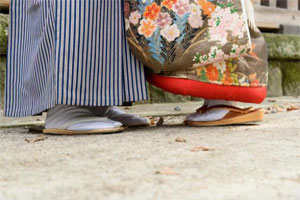 © photoAC 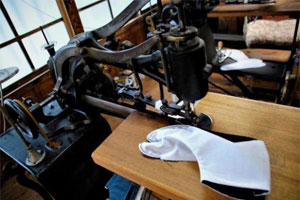 © photoAC 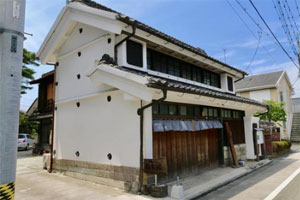 © photoAC 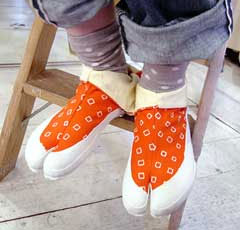 © Web Japan / SOU•SOU 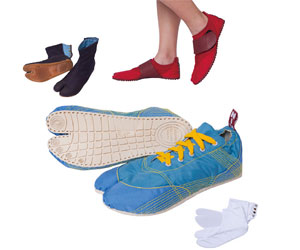 © Osaka Satoshi |
Resources
|
“Gyoda Tabi Socks”. 2023. Kogei Japan. Accessed 12 December. https://kogeijapan.com/locale/en_US/gyodatabi/. “Enchanting Edo: Tokyo’s ‘tabi’ socks support professionals’ feet in many walks of life”. 2022. Mainichi Japan. https://mainichi.jp/english/articles/20220126/p2a/00m/0et/038000c. “Museum of Tabi and Daily Life”. 2023. ANA. Accessed 12 December. https://www.ana.co.jp/en/tw/japan-travel-planner/saitama/0000017.html. “Gyoda – The City of Japanese Tabi Socks”. 2023. Japan National Tourism Organization. Accessed 12 December. https://www.japan.travel/japan-heritage/popular/df684a9d-06dc-40ac-828b-a1edf3890879. “Welcome to the City of Tabi Socks”. 2023. NHK. https://www3.nhk.or.jp/nhkworld/en/ondemand/video/5002038/. |
|
Japan Creative Centre 4 Nassim Road, Singapore 258372 +65 6737 0434 / jcc@sn.mofa.go.jp https://www.sg.emb-japan.go.jp/JCC/ Nearest parking at Orchard Hotel & Delphi Orchard |
 |